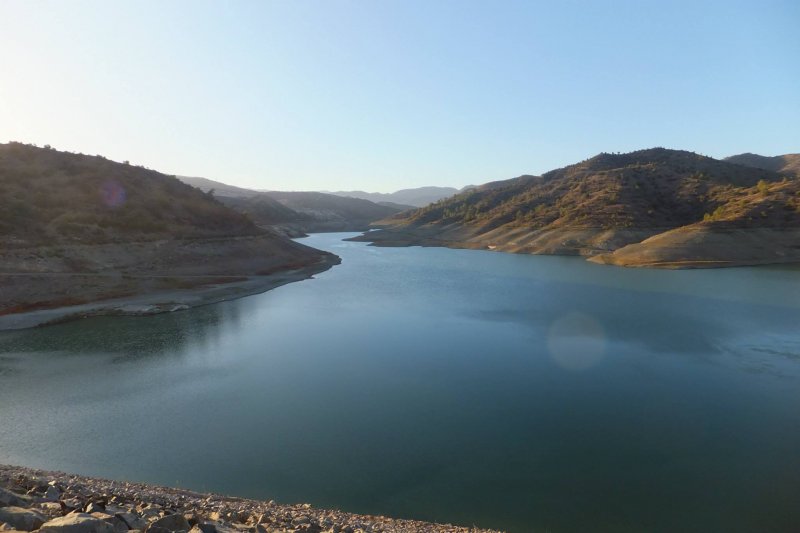Climate change in Cyprus – what can we learn?
,

I was recently given the opportunity to visit Cyprus to study climate change and see how it could relate to Scotland. Looking at climate change from another country's point of view really struck home the effect climate change has on our planet. Here in Scotland, we get more rain and think nothing of it, even if rainfall events are getting more extreme.
Imagine for a moment, though, if (like the Cypriots) you were to wake up one day and there was no water. It may sound extreme, but in 2008 Greece had to ship water to Cyprus for drinking, washing and for sanitation. We could probably never fathom having no water here in Scotland but for Cyprus it became a hard reality. Their solution? Turning to nature.
In the 1970s, land cover in Cyprus was predominately bare limestone. However, just 40 years on, there are now forests across the landscape, creating small micro climates and protecting farmland from erosion on the lower levels. Quite frankly, it's amazing. It's astonishing how the forestry department has found ways to plant trees in a soil profile thinner than Mary Berry's tuiles.
Today, Cyprus imports all its timber and forestry is there primarily for biodiversity and for aesthetic value, as well as for the carbon storage the trees and shrubs provide to help fight climate change. The forests now provide shade and cooler spots, and water retention is maximised due to the type of cultivation methods used around the trees.
Here in Scotland, we plant trees in or on a mound of soil; in Cyprus, they plant in depressions to maximise water capture from the early morning condensation.

It isn’t all good news, however. Due to lack of fresh water, desalination plants have been constructed which are power hungry. The need for huge amounts of electrical energy to desalinate the water probably cancels out the carbon capture gained from the forestry, albeit they are necessary as local residents need water. Fortunately, the plants are only open during the time of greatest need (summer season when tourists are visiting) and closed from October for a number of months.
It would appear that there is a trade-off between the demand for fresh water and natural ecosystems' ability to mitigate climate change, albeit through human manipulation. At the moment, they are precariously balanced in Cyprus, and who knows which way the scales will tip in the future. On a more positive note, it is a fascinating insight into how humans can sculpt a landscape for positive change, with natural systems established. This at least gives me hope for the future.

I would like to thank the Leonardo da Vinci Programme and ARCH for the opportunity to study climate change in Cyprus, and of course the municipalities of Lefkara and the beautiful Kato Drys for being our host villages. It has been an incredible experience and I have met some fantastic people and learned much more about climate change.
